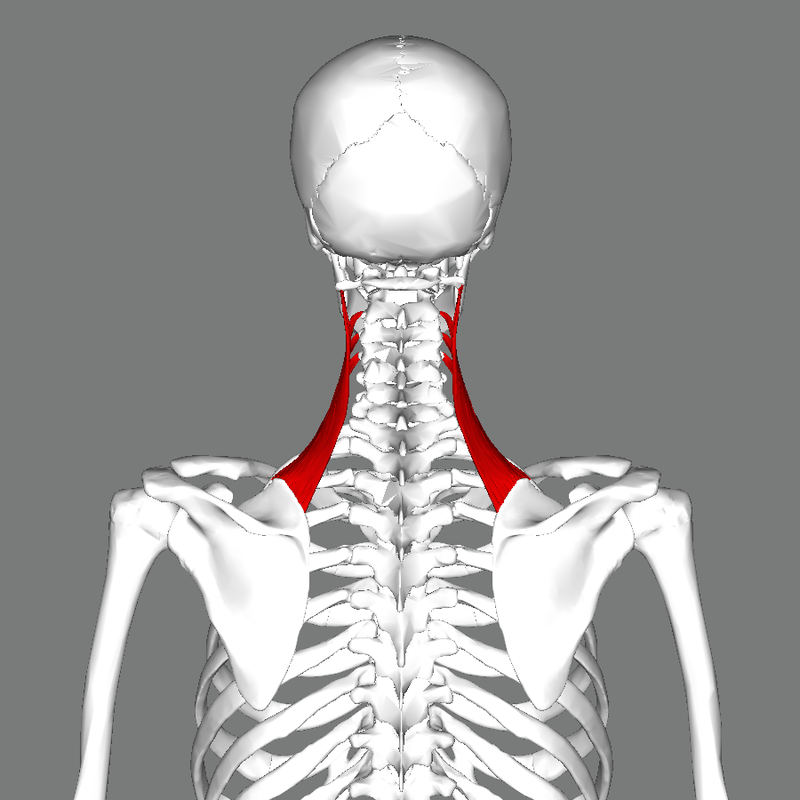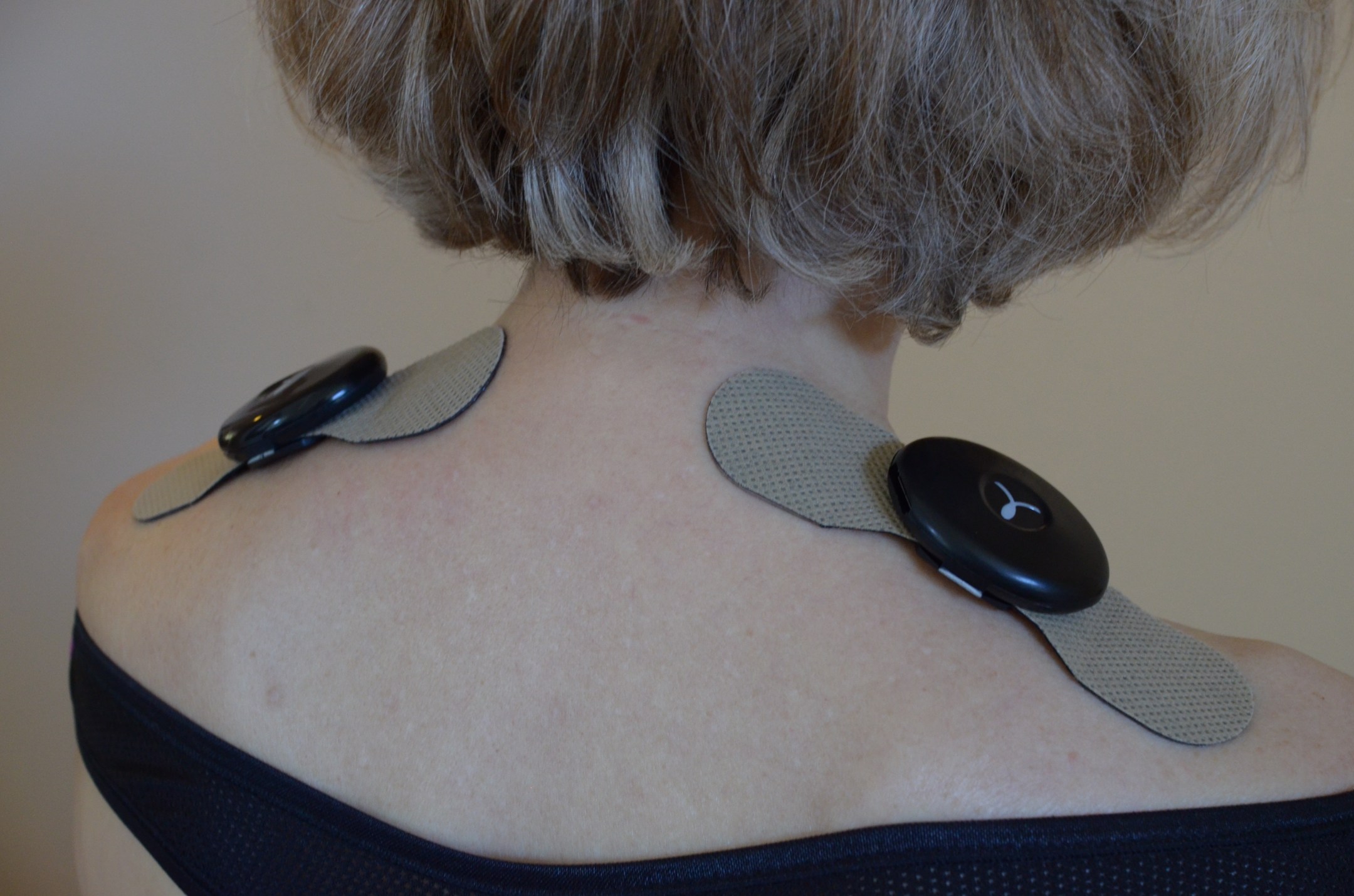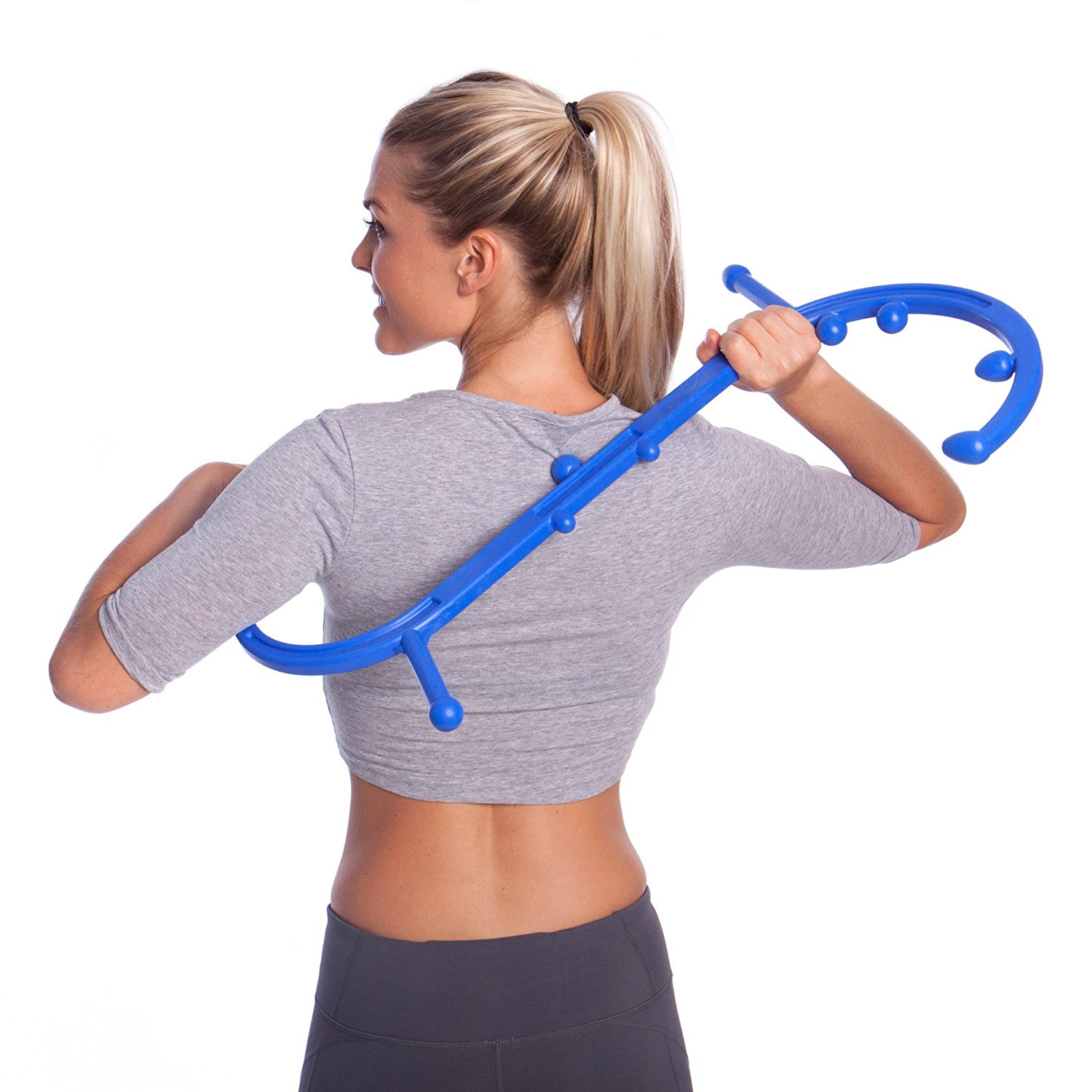Sign Language: When your arms are your tools
A while back a friend of mine posted a sad face photo of her icing her shoulder after a long day of work. She's not a professional tennis player or violinist, she isn't in manual labor and she doesn't work at a computer for hours on end (like so many of us). She has the very important job of interpreting for people who cannot hear.
My friend's name is Kate Hidalgo.
It's a fascinating job. At the Women's March in Sacramento this year, I got a kick out of watching the interpreters on stage. The animated way they interpreted the spirited speakers' words was remarkable. And I could see how it could make one's shoulders sore.
The interpreter's hands are almost constantly moving between the level of their waist and the top of their head. And their elbows are normally held out in front of the body or winged out to the sides.
When the hands are at waist and chest level and the elbows are near the body, the shoulders can maintain a pretty relaxed position.
But when the hands go above shoulder level, the muscles between the neck and shoulders (the upper and middle trapezius and the levator scapulae) become engaged. And when the elbows are winged out to the sides the the muscles on the outside of the shoulder (the deltoid muscles) get involved.
Try it-- hold your hands at your chest, then raise them up towards your nose; now wing your elbows out to the sides. You'll feel your muscles working.
Coming back to Kate and her sore shoulder. I wanted to give her some useful tips so she can play with her kids and live her life without pain. Since the nature of the job can't change (i.e., the interpreter has no choice but to move their hands and wrists in rapid movements between the level of their waist and the top of their head), my suggestions focus on work:recovery cycles and things she can try when she's not on the clock. Here are the highlights:
Use smart resting positions - Whenever you can take a brief pause (even just for a couple of seconds) let your hands drop by your sides with your arms hanging and your shoulders relaxed. Visualize those trapezius muscles softening and your shoulder blades sliding down your back towards the floor.
Don't overdo it - Keep your hands at chest level as much as possible, avoid shrugging your shoulders and try to rest your upper arms against your torso . I understand that this might be difficult, especially in intense situations or when emotions are running high, but it's good not to make your body work harder than needed to get the job done.
Mind your electronics - Be smart with your laptop and phone use; these tools can be big contributors to overall neck and shoulder pain too. Check out some of my other posts for tips on home office set up, laptop stands, monitor positioning, backpacks and smart phone holders.
Consider bio feedback training - Many people carry unnecessary tension in their neck, shoulders and upper back, no matter their occupation. Even if you tell them to "relax your shoulders", they can't because they don't really know how. Bio feedback can be a helpful tool to learn when your tensing your muscles so you can start to form a new habit of loosening up by practicing. One unit that I've tried is the Cricket by Somaxis.
Work it out - try a foam roller (I recommend the 36"-long one so you can do multiple exercises with it - check out this short video for guidance), a trigger point tool (get the instruction card too so you don't hurt yourself), or just do some stretches and movements to increase circulation in the neck, shoulders and upper back.
Best of luck to the wonderful interpreters of the world - you're good people doing good work and I hope this helps! Thanks Kate, for opening my eyes to something new.







